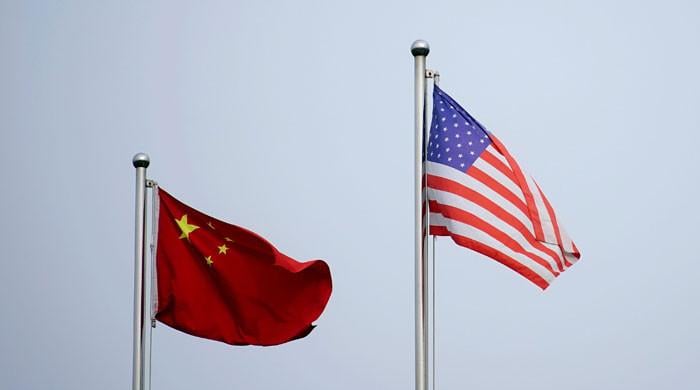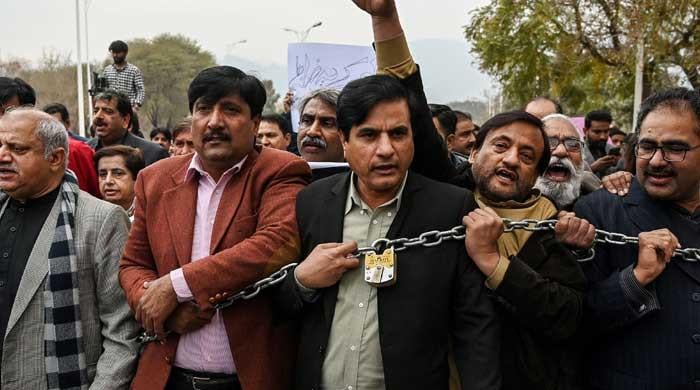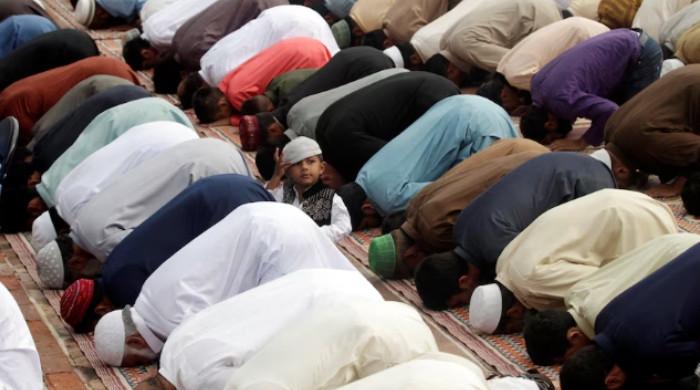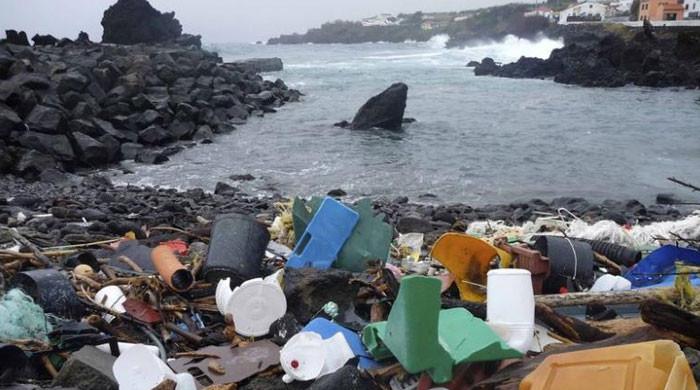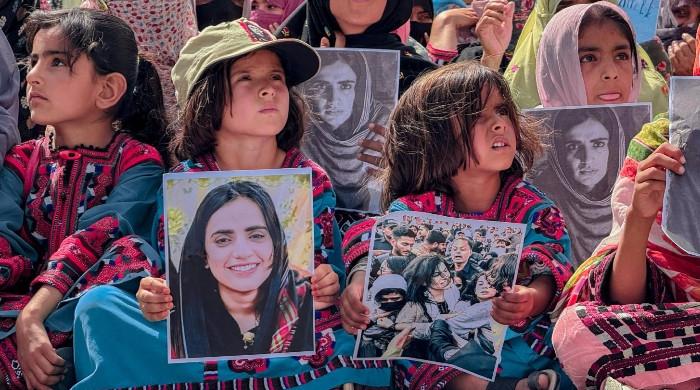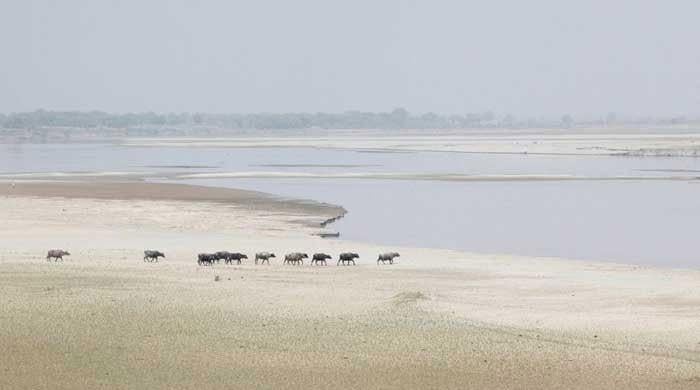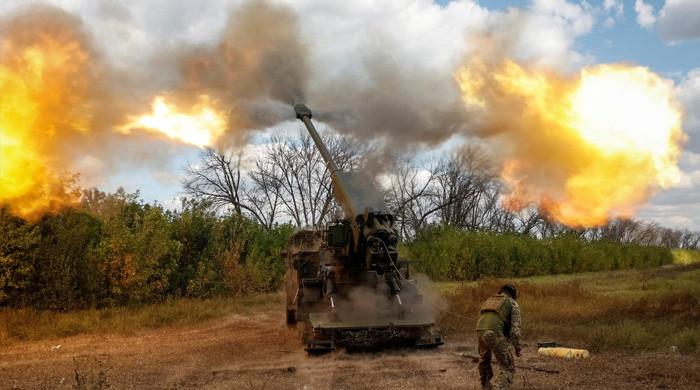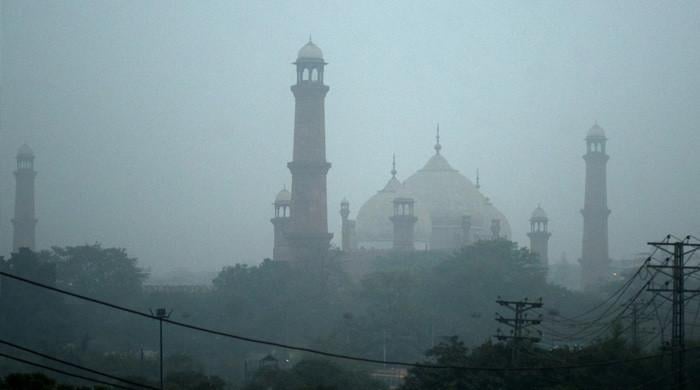A stalemate, even as the tragedy unfolds in Afghanistan
Every day the stalemate is not resolved, there is a real, tangible human cost – being paid exclusively by ordinary Afghan citizens
February 05, 2022
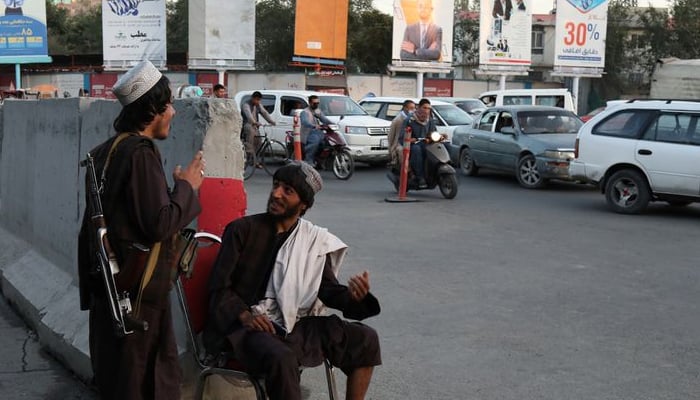
The situation in Afghanistan and the world’s response to it is often being described as a stalemate by analysts. If it holds, we may be looking at the biggest humanitarian crisis and loss of life the world has ever seen.
While there has been some movement, such as the news about the reopening of women’s universities by the Taliban, and some mechanisms to get money into Afghanistan to keep essential and critical public services running, it seems that we are still a long way off from recognition and unfreezing of assets nearly half a year after the Taliban takeover.
The Afghan Taliban’s obduracy regarding running the country, juxtaposed against the Western obstinacy in unfreezing assets and formally recognising their rule is now a six-month stalemate, which only has disastrous consequences for those left behind in Afghanistan.
The most egregious historical example of a stalemate was the petrified Western Front in the First World War, where the Allies tried to dislodge the German forces for three years from occupied France and Belgium, and the Germans kept trying to make progress (initially thought to be a six-week effort under the Schlieffen Plan). The years of attrition resulted in over 3.5 million dead, and nearly 8.3 million wounded.
These numbers could pale in comparison to what is happening in Afghanistan today. Nearly 25 million people are at risk of acute food insecurity, with nine million of those just a step away from a famine situation. Nearly one million children could die from malnutrition and starvation.
In terms of refugees and internally displaced peoples (IDPs), nearly 3.5 million Afghans are already internally displaced due to conflict, and other disasters, including 700,000 last year alone. This is to say nothing of the massive brain drain of the best and brightest that have fled the country.
A recent report by the UN also indicates that the Taliban have killed dozens of former Afghan officials, which only justifies the reasoning for those fleeing the country. Kabul University alone has lost 112 professors, as they move out of the country to avoid the aforementioned.
In addition to the hunger crisis and the brain drain, Afghanistan also faces a severe economic downturn (near-universal poverty), with the UNDP warning that 97% of the population could fall below the poverty line by mid-2022. Afghanistan is also besieged by trade woes, the COVID-19 pandemic, and an unprecedented drought (faced by four-fifths of the country). This is especially bad in a country where 85% of the rural population derives its income from agriculture.
Food security, malnutrition, and lack of liquid cash has also tied up the crumbling healthcare sector, as humanitarian organisations and government bodies are finding it increasingly difficult to pay salaries, operational costs, and overheads to keep essential services going for those that need it the most.
Major governments around the world have categorically banned any direct monetary exchange with any individuals inside of Afghanistan for fears that their taxpayers’ money could end up in the hands of the Taliban, and be eventually used in nefarious activities.
The public service collapse is not just limited to the healthcare sector. Since the bulk of Afghanistan’s economy was run by foreign aid, doctors, teachers, administrative civil servants, and other government employees have not been paid in months, despite being forced to continue working by the Taliban.
Banks have also severely limited how much money people can draw, while inflation continues to rise, and common commodities become expensive.
By one count, there are nearly $10 billion in frozen assets that Afghanistan no longer has access to. There is now a realistic possibility that these funds may be redistributed, in part, to the families of the victims of the September 11 attack in the US. This is especially egregious because a country that had nothing to do with 9/11 was punished for two decades, with the worst yet to come after August 15, 2021.
Afghanistan was already a poor country before the confluence of the aforementioned catastrophes further exacerbated matters.
With the Taliban refusing to modernise and be more palatable to the world, and the world refusing to unfreeze assets and recognise their government, ordinary Afghans are resorting to more and more extreme measures to simply survive.
Shortly after the takeover of Kabul, there were harrowing anecdotal tales of people selling personal belongings, furniture, vehicles, and paraphernalia to have enough money to feed themselves. Now there are gut-wrenching stories of people selling kidneys, and in some cases even their children to survive.
Every day that the stalemate is not resolved, there is a real, tangible human cost — being paid exclusively by ordinary Afghan citizens. This geopolitical game of chicken has seen some strategic blinks from both sides, but by and large, the deadlock remains.
The Taliban feel they have been left in the strongest position in the past 27 years, following the departure of the US and its allies. However, with complete control of the money, the US feels like it has the upper hand. It is a sad state of affairs that this may come down on millions of Afghans suffering from famine and facing imminent death, causing one of the sides to finally capitulate.
The writer serves as a research fellow at the Center for Research and Security Studies, Islamabad, and is a freelance journalist. He tweets @zeesalahuddin and can be reached at: [email protected]
Originally published in The News




